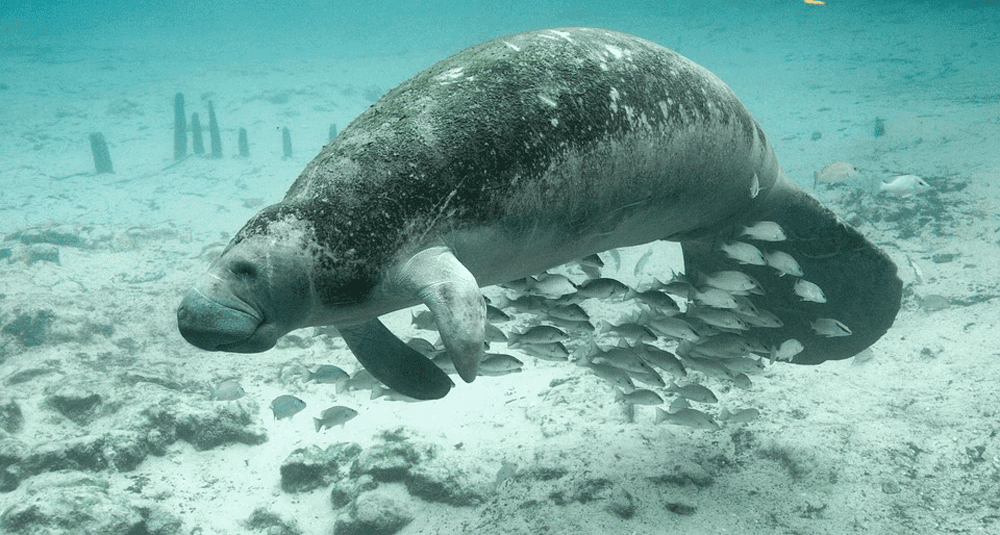Are manatees carnivorous or herbivorous?
Last Updated:
Manatees are herbivorous marine mammals. They belong to the Trichechidae family and are also known as sea cows, due to their diet consisting mainly of aquatic vegetation. There are three species of manatee: the West Indian manatee (Trichechus manatus), the Amazonian manatee (Trichechus inunguis) and the West African manatee (Trichechus senegalensis).
Manatees are strictly herbivores. Their diet consists of a variety of aquatic plants, including sea grasses, floating plants and algae. They also eat land plants that fall into the water.
An adult manatee can consume up to 10-15% of its body weight in vegetation each day. This can represent up to 50 kg of plants for a manatee weighing around 500 kg.
Manatees use their prehensile lips to tear off plants. They then chew the plants with their molars, which are renewed throughout their lives due to the constant wear and tear caused by their diet.
Manatees have a digestive system adapted to a herbivorous diet. Their stomachs and intestines are specialized for digesting plant fibers, enabling efficient bacterial fermentation of aquatic plants.
Unlike many other mammals, manatees have teeth that are continually renewed. Worn-out teeth at the front of the jaw are replaced by new teeth growing from the back, a process known as polyphyodontia.
Manatees live in aquatic habitats such as rivers, estuaries, bays and shallow coastal areas. They prefer warm waters and spend most of their time feeding, resting and moving slowly in these environments.
Manatees spend around 6 to 8 hours a day feeding. They are often seen grazing peacefully on seagrass beds and floating vegetation.
As herbivores, manatees play a crucial role in their ecosystems. They contribute to the health of seagrass beds by controlling plant growth and promoting aquatic biodiversity. Their regular grazing prevents plants from becoming too dense, enabling other plant and animal species to thrive.
Manatees can also help disperse the seeds of aquatic plants, contributing to the regeneration of plant habitats in their environment.
Manatees face a number of threats, including habitat loss due to coastal development, water pollution, collisions with boats and fishing nets. Poaching and climate change are also risk factors for these marine mammals.
Numerous conservation initiatives aim to protect manatee populations. These include the creation of marine sanctuaries, the regulation of navigation zones to avoid collisions with boats, and rehabilitation programs for injured manatees. Raising public awareness of the importance of these animals and the need to preserve their habitat is also crucial to their protection.
Manatees are strictly herbivorous marine mammals, feeding mainly on aquatic plants. Their diet and grazing behavior play an essential role in the health of aquatic ecosystems. However, they face numerous threats and require ongoing conservation efforts to ensure their survival. Protection initiatives and public awareness are essential to preserve these unique creatures and their natural environment.
nature

Are manatees carnivorous or herbivorous?
Answer
Manatees are herbivores. They feed mainly on aquatic plants, consuming sea grasses and floating vegetation as part of their diet.